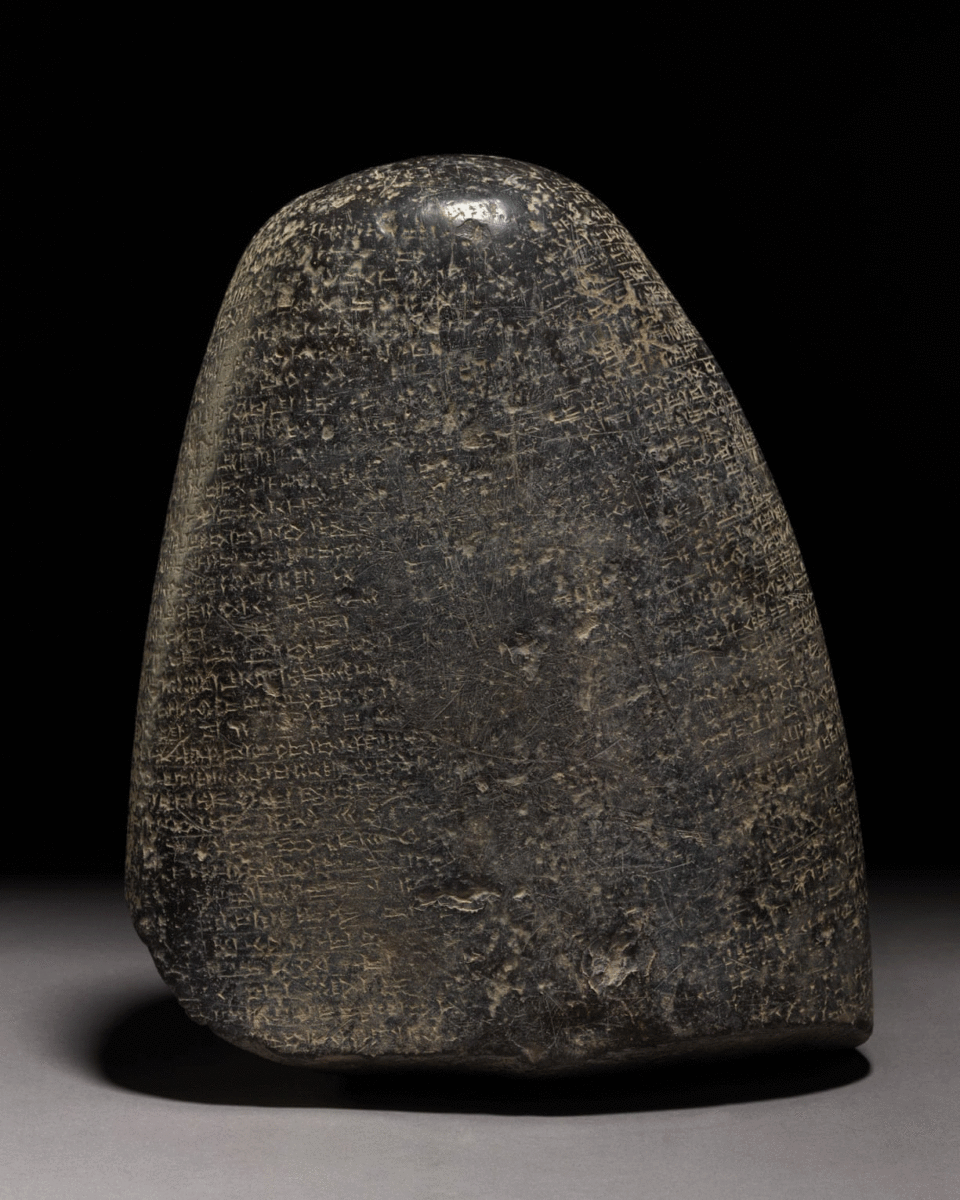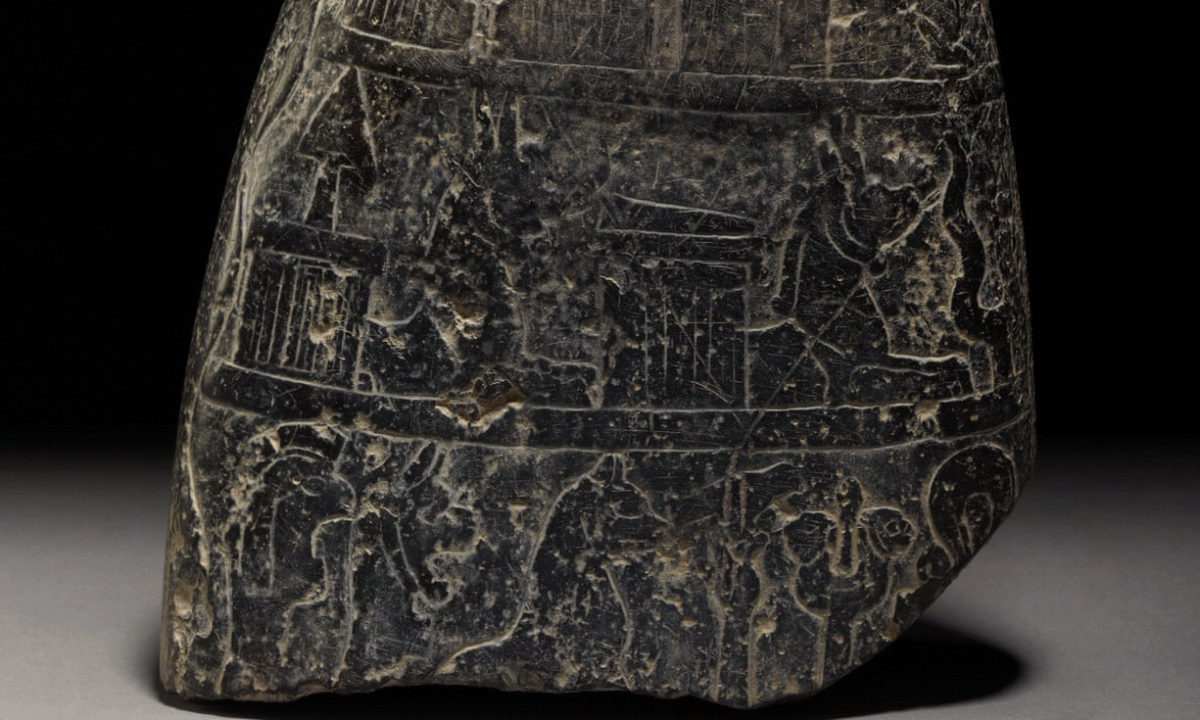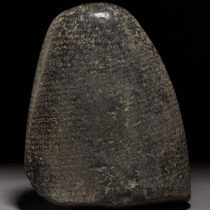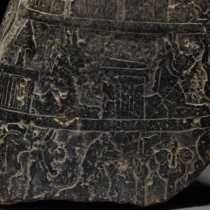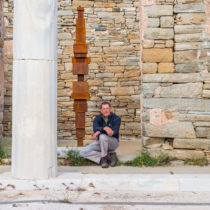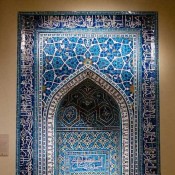Authorities in the UK have prevented an attempt to smuggle a Babylonian antiquity in the country. The incident took place at Heathrow airport, where the item was seized.
The item in question is an inscribed cuneiform stone from Iraq dating to the second millennium BC. It is approximately 30cm high and the inscription indicates it’s a kudurru, an official Babylonian document recording lands or other privileges granted to some of his subjects.
The stone was declared as an item for “home decoration” valued at 300 in an unspecified currency. In reality it is worth hundreds of thousands of pounds and its place is in a museum. Also, it was declared as made in Turkey, while it is actually from Iraq. An officer at the airport became suspicious with the vague description and the weight of the item, as well as its value, and after some online research he found a similar piece in the British Museum. He then contacted the Museum and experts identified the item as an antiquity.
The stone dates from the reign of the Babylonian king Nebuchadnezzar I and the inscription refers to a military campaign. Experts believe it might have been the campaign launched by the king to recover the cultic idol of the Babylonian state god, Marduk, which led to his victory over the kingdom of Elam Iran. It contains two columns of scripture in the Babylonian language; the item is broken, though, therefore it will not be easy to interpret the text. Its concluding lines, however, contain curses to safeguard a monument, so experts also think it was originally placed in a temple.
According to Dr St John Simpson, a senior curator at the British Museum, the kudurru seized probably comes from illegal excavations in southern Iraq, since it has not been previously reocrded or published. The reference to the god Enlil and the goddess Gula, and the city of Nippur, where Enlil was the main god, indicates that it probably comes from either Nippur itself or a nearby site. It might have been removed from the site it was found in the decade 1994-2004, when many archaeological sites in southern Iran were looted.
The item has now been declared property of the crown and on 19 March it will be handed over to the Iraqi embassy in London by the British Museum. Then it will be transferred to the Iraq Museum in Baghdad.
